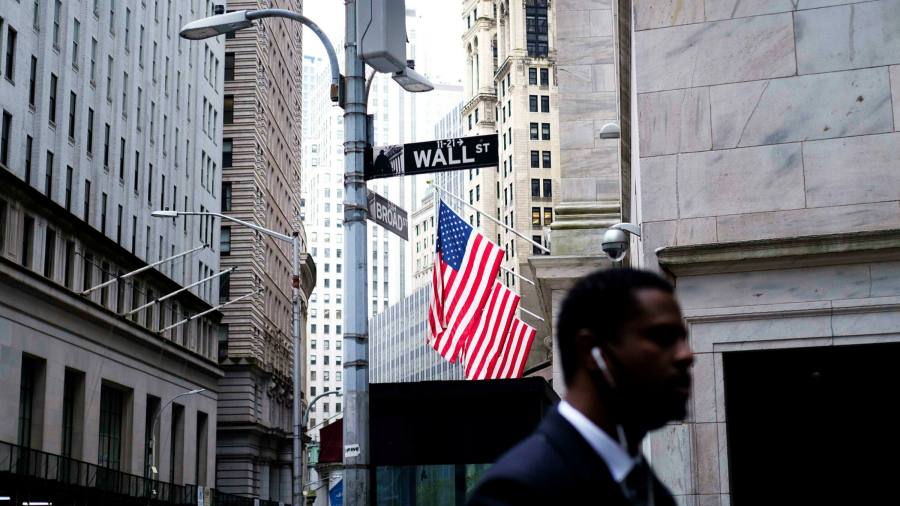[ad_1]
The riskiest borrowers in corporate America are making up their largest share of junk-bond sales since 2007 as yield-starved investors hunt for returns and bet on an economic recovery.
More than 15 cents of every dollar raised in the US high-yield bond market has been sold by groups with ratings of triple C or below since the start 2021, a Financial Times analysis of Refinitiv data shows. That marks the highest share of deals in any year since the eve of the financial crisis, when loose lending standards set off a race by weaker companies to borrow cash.
The fundraising binge by companies that carry some of the highest risk of default highlights the hot conditions in global capital markets.
“Last year it was the strongest companies that reacted to unprecedented events by shoring up their balance sheets in case cash was needed,†said Oleg Melentyev, an analyst at Bank of America. “Now we are deep at the bottom of the barrel in terms of the weakest and most fragile issuers finally being able to fund themselves in this market.â€
Twenty-one per cent of junk deals rated by Moody’s carry one of its lowest labels, the Refinitiv data showed, while that figure is just below 15 per cent for those bonds reviewed by S&P Global. The two firms rate the vast majority of bonds issued by US junk-rated borrowers.

The lending boom comes while optimism mounts over the prospects for US economic growth as the country rolls out Covid-19 vaccines and the Biden administration lobbies for a $1.9tn stimulus programme.
Unprecedented stimulus measures from the Federal Reserve have also pushed interest rates for higher-rated investment grade government and corporate bonds lower, leaving investors to hunt for riskier bets further down the ratings ladder.
While some investors have become uneasy with the quality of deals that have come to market, many say they feel forced to lend or face the consequences of underperforming rivals. Others are betting that a big rebound in the American economy will provide a boon to corporate profits that will boost companies across the ratings spectrum.
“The prudence that may have been there before is now non-existent,†said Jerry Cudzil, head of credit trading at TCW. “In the near to medium term you will have a difficult time keeping up if you don’t buy some of this stuff. That doesn’t mean they are good deals. As a matter of fact, it’s a good way to lose money long term.â€
Over the past three months, sales of bonds by triple C rated companies have run at a record pace, Melentyev said. Such companies raised $3.5bn in three separate weeks last month, a feat that has only ever occurred seven other times over the past 20 years.

Retailer Party City, which had been struggling even before the pandemic hit, raised another $750m last week with a new five-year bond — a stunning reversal from last year when some of the company’s debt traded at deeply distressed levels under 10 cents on the dollar.
Leveraged buyout firms have also used the strong demand to cut themselves bumper cheques from the companies they own. Innophos Holdings used a risky type of debt called a payment-in-kind note, which allows it to make interest payments with an IOU instead of cash, to raise $175m. It used the money to pay a dividend to its private equity owner One Rock Capital, which bought the company last year.
Struggling cruise operator Carnival Corporation, which carries a slightly higher single B rating despite burning through half a billion dollars a month as its ships sit idle, was able to borrow $3.5bn last week. It is the fifth time the company has tapped debt markets for cash since the pandemic brought its operations to a standstill last year.
The company found such strong interest from creditors that it was able to increase the size of the bond by $1bn after it began marketing to investors. It will pay a coupon of 5.75 per cent, half of what it had to stump up to raise debt last April. That deal — unlike this one — included the company’s ships as collateral in case Carnival defaulted on the bond.Â
[ad_2]
Source link





